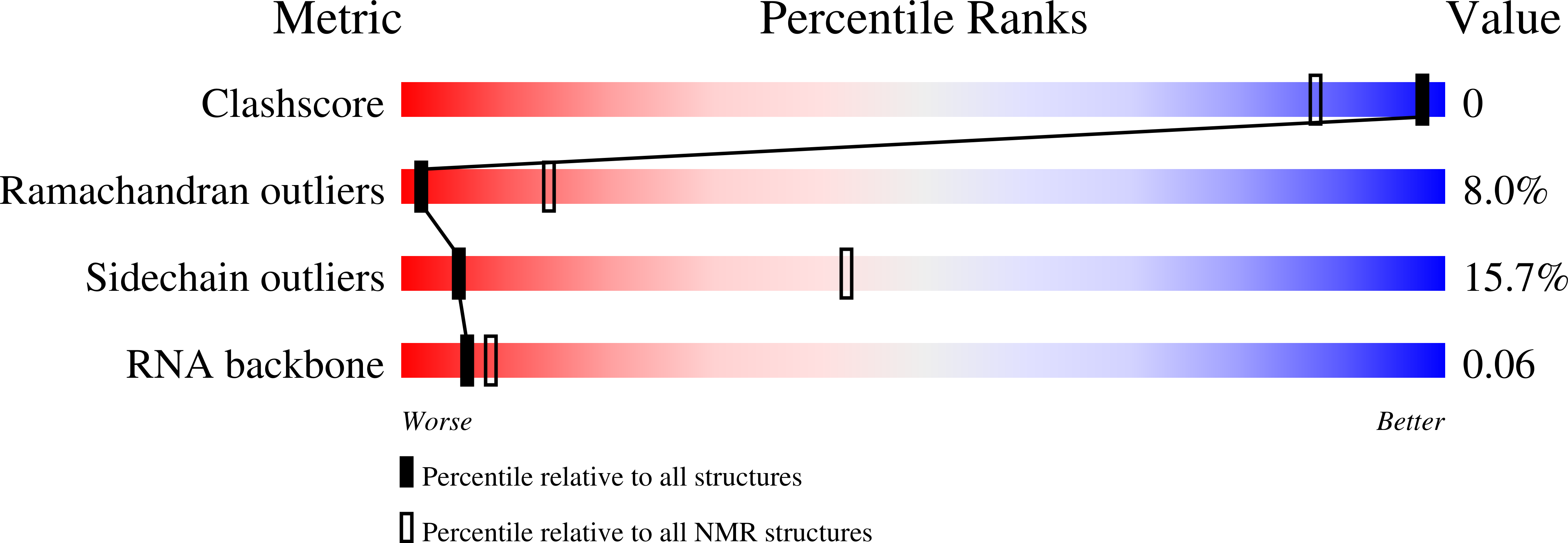
Deposition Date
2005-07-20
Release Date
2005-10-04
Last Version Date
2024-05-29
Entry Detail
PDB ID:
2ADB
Keywords:
Title:
Solution structure of Polypyrimidine Tract Binding protein RBD2 complexed with CUCUCU RNA
Biological Source:
Source Organism:
Homo sapiens (Taxon ID: 9606)
Host Organism:
Method Details:
Experimental Method:
Conformers Calculated:
40
Conformers Submitted:
20
Selection Criteria:
structures with the lowest energy


